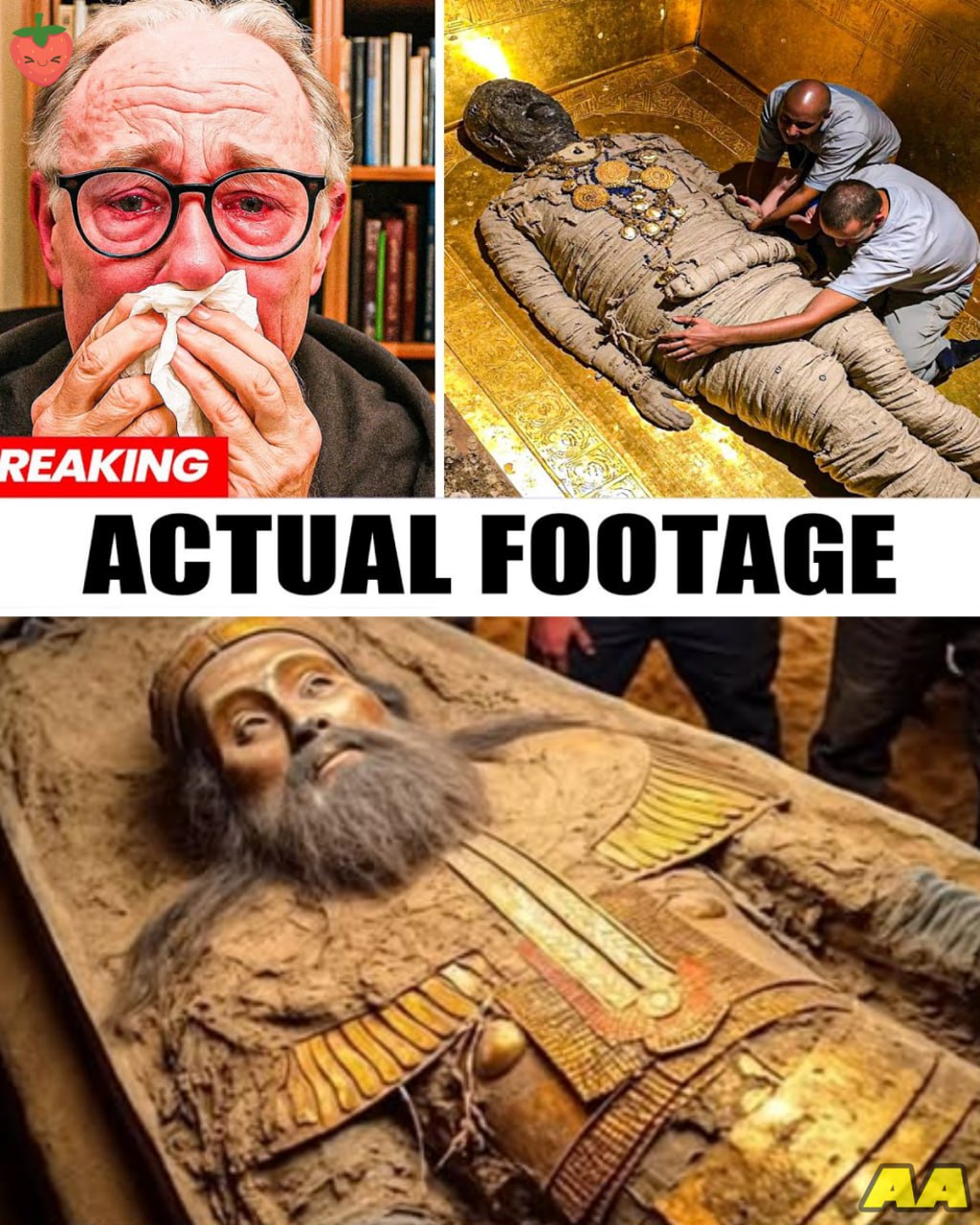The Unexplored Tomb of Gilgamesh: Why Archaeologists Remain Cautious About a Legendary Discovery
For more than a century, the ancient city of Uruk has been one of the most important archaeological locations in Mesopotamia. It is the birthplace of early urban life, monumental architecture, and some of humanity’s oldest stories. But among all its mysteries, one discovery has continued to capture global attention: a possible burial complex linked to King Gilgamesh, the central figure of one of the world’s earliest literary masterpieces.
Although the site has generated enormous interest since the early 2000s, archaeologists have not yet excavated the structure believed to be connected to Gilgamesh. This hesitation has less to do with fear and more to do with scientific, political, and preservation concerns that make excavation extraordinarily complicated.
A Discovery Made During a Turbulent Period

In 2003, researchers working in southern Iraq used ground-penetrating radar and other survey technologies to map what they believed were ancient waterways and architectural formations beneath the dry riverbed of the Euphrates.
Among the findings was a large rectangular structure with a layout that resembled descriptions in ancient texts, including the Epic of Gilgamesh. The findings suggested the presence of a monumental burial site, potentially dating to the 3rd millennium BCE.
However, shortly after this discovery, the Iraq War escalated, international missions were halted, and archaeological activity across much of the region became impossible. Valuable data was archived, but plans for further investigation were suspended indefinitely.
Who Was Gilgamesh, and Why Does His Tomb Matter?

Gilgamesh is one of the most recognizable figures from ancient Mesopotamian history and literature. Believed to have ruled Uruk around 2700 BCE, he later became the central character of the Epic of Gilgamesh, a text that blends historical memory with mythology.
The epic chronicles his leadership, his friendships, his battles, and his quest for wisdom. Because the text interweaves real ancient places with symbolic stories, scholars have long debated how much of Gilgamesh’s life is historical and how much is literary.
A verified tomb would provide vital archaeological data, helping scholars separate fact from myth and better understand early Mesopotamian kingship, burial practices, and religious beliefs.
Why Archaeologists Have Not Opened the Site

The reluctance to excavate the structure believed to be the “tomb of Gilgamesh” has several grounded, scientific explanations:
1. Extremely Fragile Conditions
Sites buried beneath ancient riverbeds are often waterlogged, unstable, or structurally delicate. Digging into them without proper preparation risks causing irreversible damage.
Archaeologists emphasize that opening such a structure prematurely could destroy inscriptions, artifacts, and organic materials.
2. Limited Access During Years of Conflict
For nearly two decades, political instability and conflict in Iraq made safe excavation impossible. Many archaeological teams left the country, and museums and heritage sites faced significant challenges in protection and staffing.
Only in recent years has international cooperation begun to resume.
3. Ethical Considerations in Excavating Human Burials
Modern archaeology prioritizes respect for human remains. Excavating an ancient tomb — especially one potentially tied to a culturally significant figure — requires clear legal, ethical, and cultural permissions.
Scholars and local authorities must decide together how to proceed in a way that honors historical traditions.
4. The Need for Specialized Equipment and Funding
Large-scale excavations using high-tech instruments require major financial investment. Before any work begins, teams must secure funding for conservation, documentation, and long-term research.
5. Gaps in Early Survey Data
The original radar scans from 2003 were promising, but they were preliminary. For many archaeologists, more updated mapping and analysis are needed before excavation can begin.
The Role of Local Communities and Heritage Authorities
Local Iraqi archaeologists, cultural heritage officials, and global institutions have emphasized that protecting Iraq’s ancient history is a priority. The reopening of the National Museum of Iraq and several new initiatives for site preservation signal a renewed commitment to safeguarding Mesopotamian heritage.
However, experts also caution that any excavation of a major royal tomb must follow a measured, methodical approach.
Separating Fact From Speculation
Over the years, public interest in the possible tomb of Gilgamesh has led to speculation, myths, and online theories. Some stem from misunderstandings about the nature of archaeological caution, interpreting scientific restraint as secrecy.
In reality, archaeology often moves slowly — not because of hidden dangers, but because scholars aim to preserve sites responsibly and interpret evidence accurately. Excavating a monumental burial site is a complex, multi-phase process that can take years of preparation before the first stone is touched.
Could the Site Ever Be Excavated?
As conditions improve in Iraq and technology advances, many experts believe a carefully planned excavation may eventually occur. Modern non-invasive techniques — like high-resolution scanning and 3D modeling — could offer new insights even before physical digging begins.
If the site is confirmed as a royal tomb, it would represent one of the most significant archaeological discoveries in decades. Not only would it deepen understanding of ancient Mesopotamian civilization, but it might also reveal details about early writing, ritual practices, and the historical roots of the world’s oldest literature.
A Future Still Filled With Possibilities
More than 4,000 years after Gilgamesh’s reign, his story continues to captivate historians, writers, and the general public. His legacy — a blend of myth, memory, and literature — shaped the foundation of epic storytelling.
Whether the structure beneath Uruk truly contains his remains is still unknown. But the renewed stability of archaeological work in Iraq brings hope that the mystery may one day be explored through scientific, respectful, and transparent methods.
For now, the potential tomb of Gilgamesh remains untouched — not because of fear, but because of a commitment to preserving one of humanity’s oldest cultural treasures with care.
